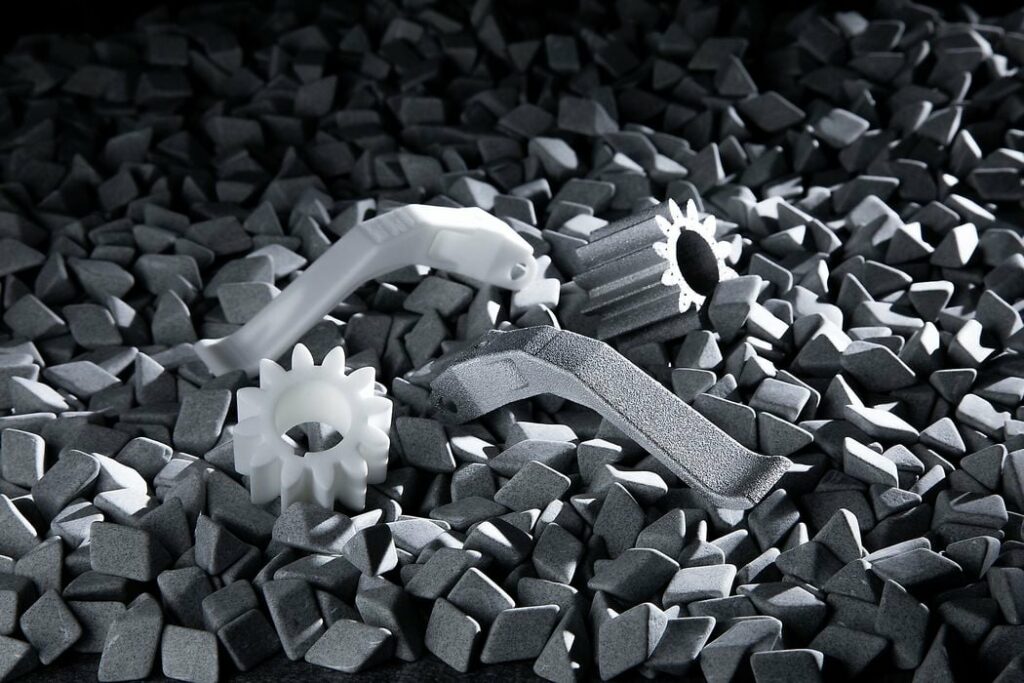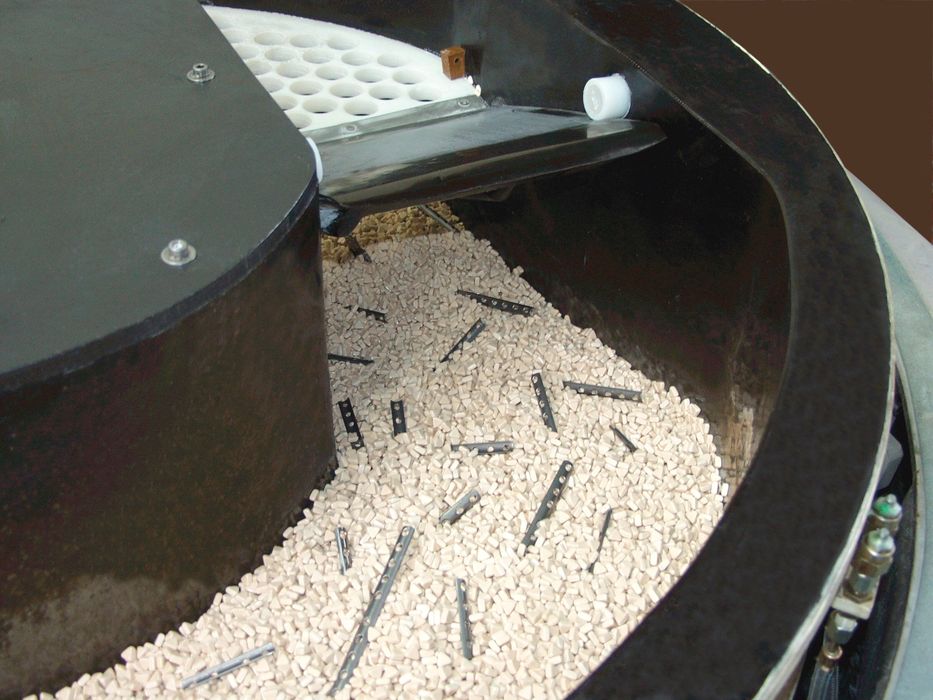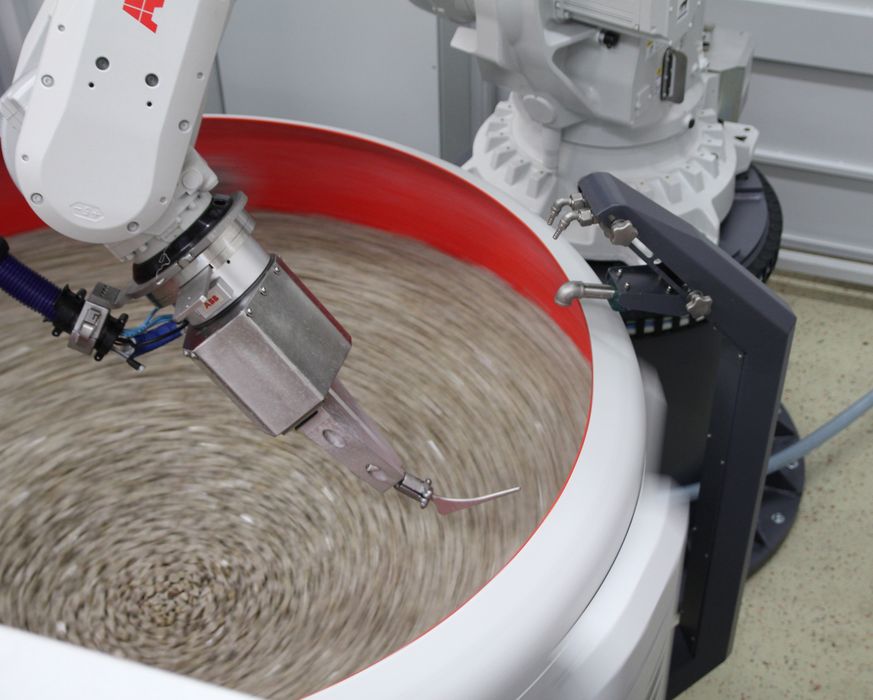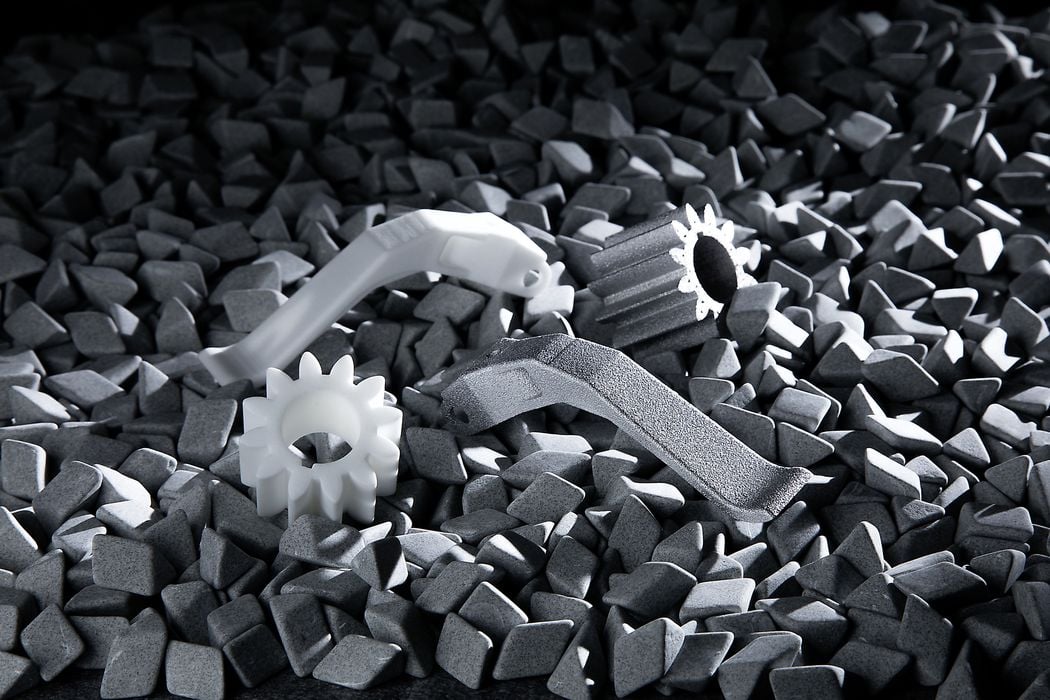
I’m reading a brief from AM Solutions that talks about post processing, and there are some interesting points.
AM Solutions (a division of Rösler) is one of several organizations that provide post processing equipment for 3D printing. Almost all 3D prints do require various levels and types of post processing, as the printing processes don’t often produce parts that are “end use ready”.
That post processing could include eliminating support structures, removing stray powder, smoothing surfaces, and even painting. For metal and ceramic prints there are even more steps to remove binder and sinter metal particles togethers.
None of these processes are provided by the 3D printers themselves, thus there’s an opportunity for other companies like AM Solutions to develop custom equipment optimized for this purpose.
AM Solutions Managing Director Daniel Tweer’s paper on the topic included several interesting statements for which I’d like to provide a reaction.
“Post processing … can account for upwards of 50% of the total unit cost for an AM part.”
This is true, and often is left out of or minimized in the evaluation for acquisition of AM equipment. The goal isn’t to simply “print something”, it’s to produce the desired part, which is a result of a sequence of events from design to printing to post processing. Due to the inefficiency of post processing equipment and the often heavy labor burden required, it can indeed be one of the most expensive aspects of producing an AM part.
“The emergence of new innovations for AM post-processing, many coming from relatively inexperienced start-up companies, and many being disproportionately expensive and over-engineered.”
AM Solutions produces mass finishing equipment that involves motion of abrasives with prints to precisely finish them. There are indeed several startups that are beginning to offer more sophisticated solutions, and time will tell if they succeed. However, as machine learning and AI approaches increasingly become integrated into a variety of disciplines in today’s society, they may provide an advantage in some scenarios.

”Mass finishing is wrongly regarded by many as a relatively crude technology. However, it needs to be understood that it has been an established surface finishing technique for many decades for a reason, and delivers a whole range of surface finish characteristics from basic to exacting depending on end-use application.”
Parts made using legacy making processes also require post processing. It’s just that AM processes produce “worse” parts that require “more” finishing. That’s why these machines were already in existence when 3D printing emerged.
”If the end use product produced does not need a sophisticated surface finish, then there is no point in paying a premium price for a technological post-processing solution that attains levels of surface finish that are unnecessary.”
This is an excellent point: there is rarely benefit in buying a shiny new tool unless it can be demonstrated that shininess actually will be used and provide value. Shine is fun, but often unnecessary.

”Mass finishing is arguably the most flexible surface treatment process. It is known to be uncomplicated, flexible, transparent, always repeatable and above all cost-effective.”
Due to the decades of use of mass finishing technology it has been greatly refined. While some may see it as a rough technology, it’s actually quite sophisticated and can perform finishing feats that are predictable.
”The unmachined surface of AM parts are much rougher than parts produced using legacy technologies.”
This is also true, and shows how terrible the state of today’s 3D printers continues to be.
”With the focus today being on the use of AM for production, the scrutiny on such issues as dimensional tolerance attainment, verifiable build quality and conformance to design intent, and surface features and finish becomes more and more intense.”
The presence of production need does have plenty of implications, and dimensionality is one of them. However, by definition the smoothing process literally removes structure from a part. It must be done extremely precisely in order to result in a part with proper dimensions. Any part can be smoothed with a variety of approaches, but which approach ends up with the right geometry?
”On the one side, AM technology platform developers are constantly refining processes to reduce the surface roughness of AM produced parts, and on the other side, companies such as AM Solutions are applying their decades of experience in producing mass finishing solutions to cater for AM parts.”
This is a provocative thought. The suggestion is that ultimately 3D printer manufacturers will produce equipment that could truly provide end use parts right out of the machine. Should that happen, we would see troubles for makers of post processing equipment.
”The objective is to allow the manufacture of near net shape parts with superior surface characteristics without compromising part integrity. When this is achieved, the viability of AM as a production alternative will be recognised by a growing number of companies.”
This is indeed one of the milestones that could trigger significant adoption of AM technology.
Via AM Solutions

